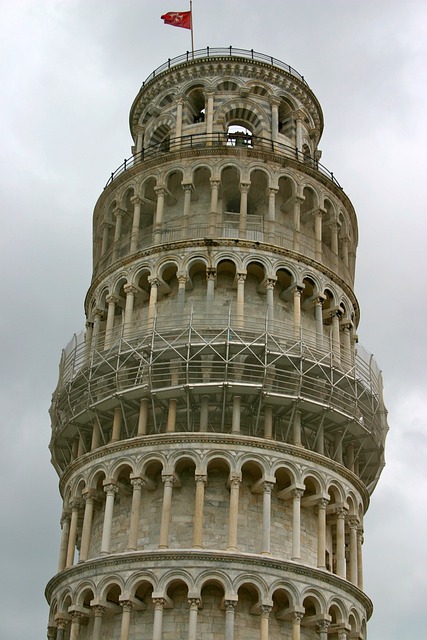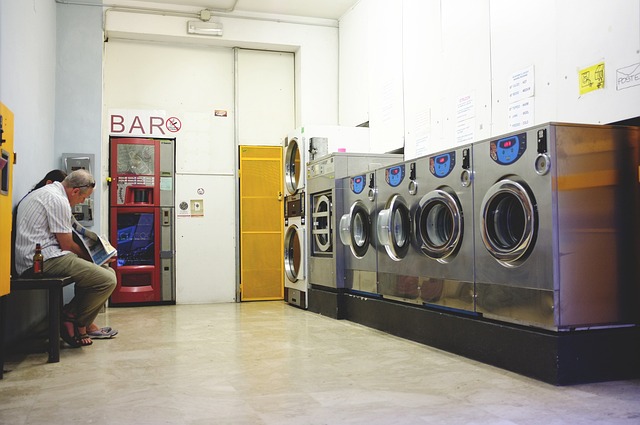Prisons, often viewed solely as punitive institutions, surprisingly wield significant economic clout in nearby real estate markets. Their construction and operation stimulate local economies through job creation, infrastructure development, and increased property values. Strategically located prisons can act as catalysts for real estate growth, attracting investments and fostering community development. Beyond their traditional role, prisons also contribute to regional economies via prison labor, offering diverse skills and services that benefit areas with limited job prospects, further enhancing the local real estate landscape.
Prisons, often viewed as islands of order within troubled communities, surprisingly contribute significantly to local economies. From real estate markets to community development, these institutions create unique opportunities for growth and prosperity. This article delves into the economic impact of prisons on local areas, examining how they stimulate construction, provide labor resources, and influence property values in unexpected ways. By exploring these aspects, we uncover the multifaceted role prisons play in shaping regional economies.
The Economic Impact of Prisons on Local Real Estate Markets

Prisons, often seen as institutions of punishment, can unexpectedly have a significant economic impact on nearby real estate markets. The construction and operation of correctional facilities bring both direct and indirect financial benefits to local communities. For instance, prison projects create employment opportunities during the building phase, from construction to administrative roles, leading to increased local spending power.
Moreover, prisons often require substantial land, which can drive up property values in surrounding areas. This is due to the influx of jobs and services associated with the prison’s presence, such as support businesses catering to prison needs. While some may argue this displaces residents or changes the character of an area, the economic reality shows that strategically located prisons can be a game-changer for local real estate, fostering development and attracting investments.
How Prisons Drive Community Development and Infrastructure Growth

Prisons often serve as catalysts for community development, driving significant growth in local infrastructure and real estate sectors. The presence of correctional facilities can lead to the revitalization of adjacent areas, transforming underutilized spaces into vibrant hubs of activity. As these institutions require substantial support services, they create a demand for nearby residential, commercial, and industrial developments, stimulating economic growth.
Infrastructure improvements are another notable outcome. Construction and maintenance of prisons involve extensive building projects, generating employment opportunities and fostering local construction businesses. Moreover, the need for supporting infrastructure like transportation networks, utilities, and public services often results in enhancements that benefit the entire community, ensuring a more robust and resilient urban environment.
Prison Labor: A Unique Contribution to Regional Economies

Prisons, often seen as institutions of punishment and containment, also play a unique role in contributing to regional economies through prison labor. Many prisons across the globe have evolved into significant employers, offering a range of skills and services that cater to both local and national demands. From manufacturing and agriculture to healthcare and information technology, prisoners engage in various activities that not only provide them with essential skills but also generate revenue for the host communities.
The economic impact is particularly notable in regions where prisons are strategically located in areas with limited job opportunities. The influx of prison labor can stimulate local real estate markets as inmates’ families move to be closer to their loved ones, leading to increased housing demand and related industries. Moreover, prison-based businesses often partner with external companies, fostering entrepreneurship and creating indirect employment opportunities for the surrounding population. This symbiotic relationship ensures that both prisoners and the local community benefit from this unique economic arrangement.






